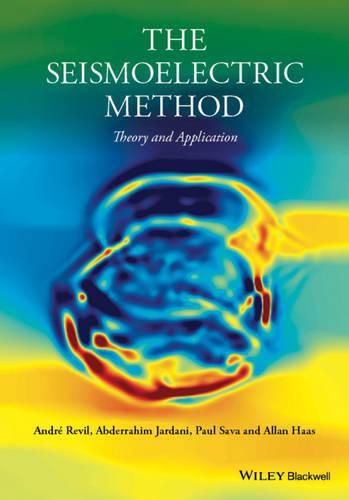Readings Newsletter
Become a Readings Member to make your shopping experience even easier.
Sign in or sign up for free!
You’re not far away from qualifying for FREE standard shipping within Australia
You’ve qualified for FREE standard shipping within Australia
The cart is loading…






The seismoelectric method consists of measuring electromagnetic signals associated with the propagation of seismic waves or seismic sources in porous media. This method is useful in an increasing number of applications, for example to characterize aquifers, contaminant plumes or the vadose zone. This book provides the first full overview of the fundamental concepts of this method. It begins with a historical perspective, provides a full explanation of the fundamental mechanisms, laboratory investigations, and the formulation of the forward and inverse problems. It provides a recent extension of the theory to two-phase flow conditions, and a new approach called seismoelectric beamforming. It concludes with a chapter presenting a perspective on the method.
This book is a key reference for academic researchers in geophysics, environmental geosciences, geohydrology, environmental engineering and geotechnical engineering. It will also be valuable reading for graduate courses dealing with seismic wave propagation and related electromagnetic effects.
$9.00 standard shipping within Australia
FREE standard shipping within Australia for orders over $100.00
Express & International shipping calculated at checkout
Stock availability can be subject to change without notice. We recommend calling the shop or contacting our online team to check availability of low stock items. Please see our Shopping Online page for more details.
The seismoelectric method consists of measuring electromagnetic signals associated with the propagation of seismic waves or seismic sources in porous media. This method is useful in an increasing number of applications, for example to characterize aquifers, contaminant plumes or the vadose zone. This book provides the first full overview of the fundamental concepts of this method. It begins with a historical perspective, provides a full explanation of the fundamental mechanisms, laboratory investigations, and the formulation of the forward and inverse problems. It provides a recent extension of the theory to two-phase flow conditions, and a new approach called seismoelectric beamforming. It concludes with a chapter presenting a perspective on the method.
This book is a key reference for academic researchers in geophysics, environmental geosciences, geohydrology, environmental engineering and geotechnical engineering. It will also be valuable reading for graduate courses dealing with seismic wave propagation and related electromagnetic effects.